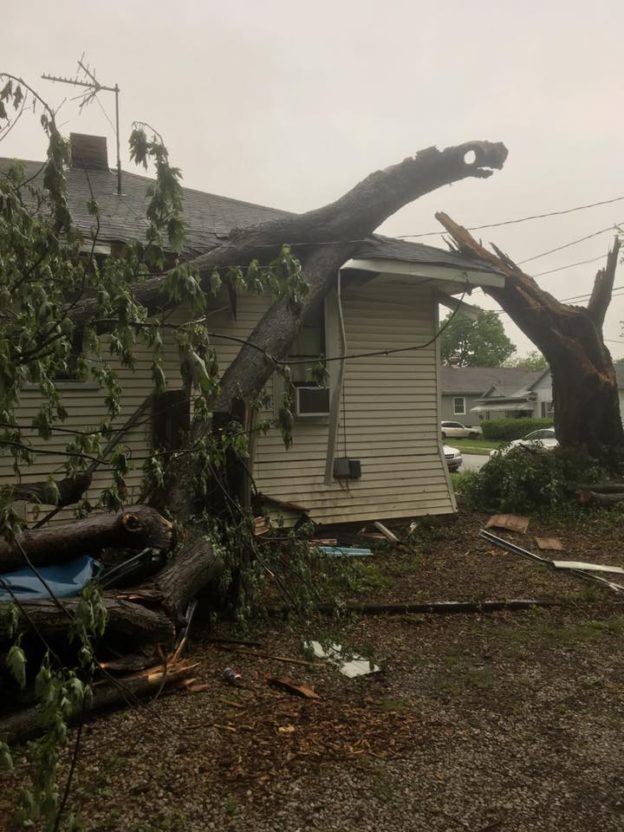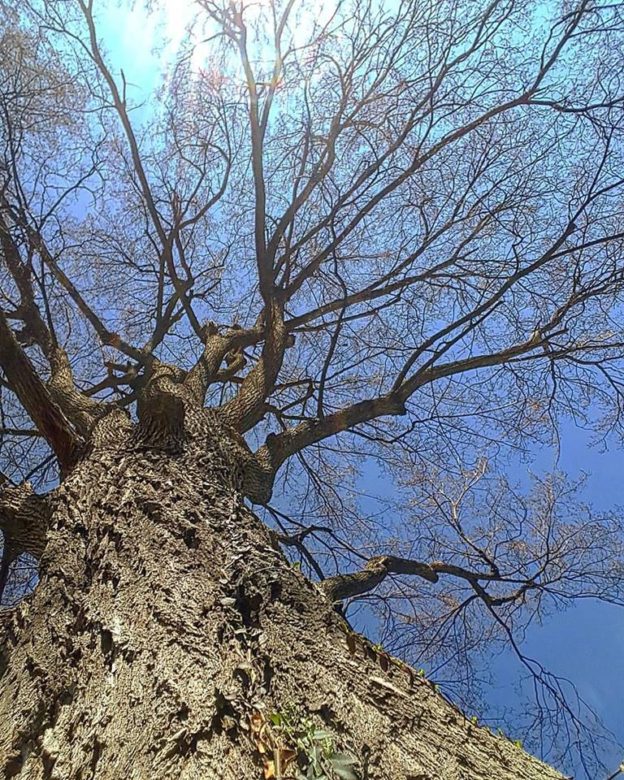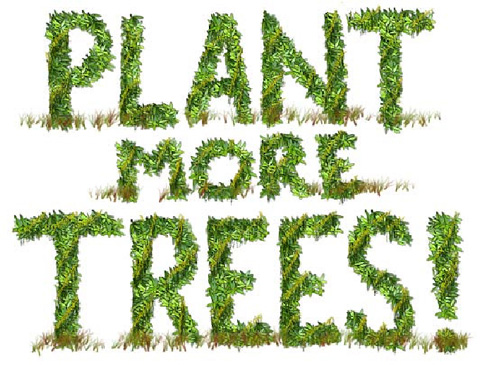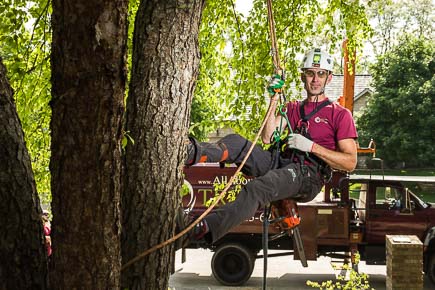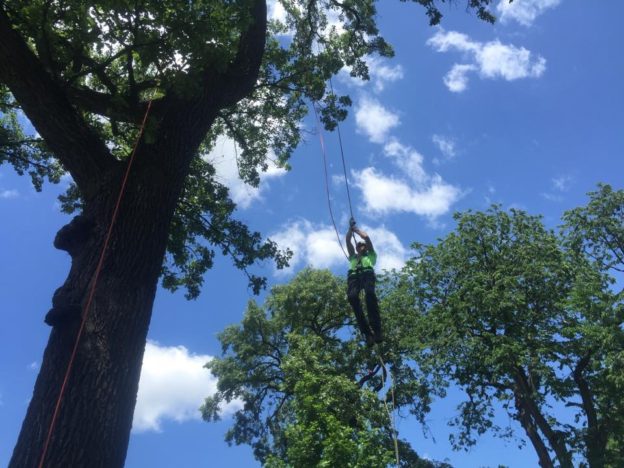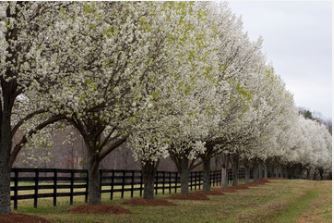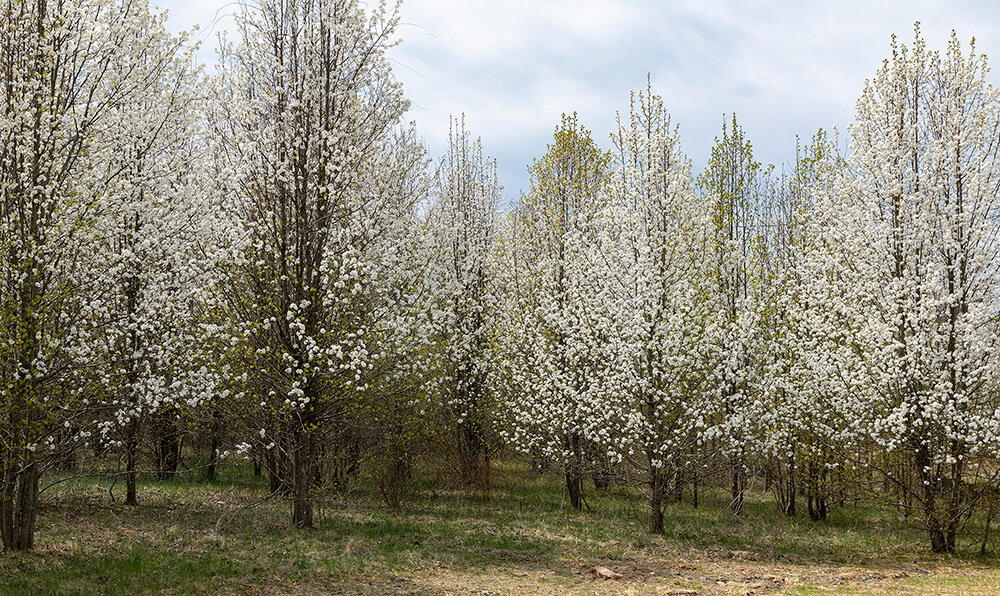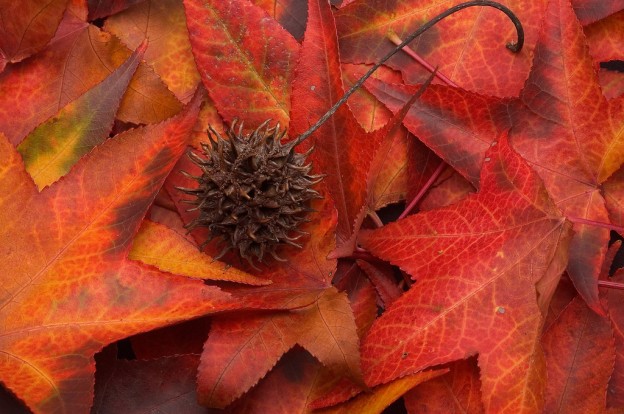Professional Tree Planting in Springfield, MO & Nearby Areas
When Punxsutawney Phil predicts six more weeks of winter, spring tree planting isn’t usually at the forefront of many homeowners’ minds. However, a thriving, robust landscape takes considerable thought, planning, and execution that shouldn’t be put off until the last minute. So, if you’re thinking about giving your curb appeal a boost, it’s crucial to start thinking ahead. But you don’t have to do it alone.
All About Trees is Springfield, MO’s premiere partner in all things trees and plants. With years of industry experience and a team of certified arborists, we help homeowners just like you create the outdoor space of their dreams. When it comes to planting trees, we’ll guide you every step of the way, from species selection to securing your yard’s new additions firmly in the ground. Plus, we offer ongoing support with pruning services and additional solutions to preserve and prolong the life of your trees.
Contact us today if you want to plant trees that make your landscape stand out! Now let’s get into what factors into our tree planting services.
Tree Selection and Placement
When selecting a tree for planting, many important considerations come into play, such as the tree’s intended function, location, common pests, geographic regions, hardiness zones, and more. Below are some factors our arborists will take into account to get a better idea of the vision you have for your lawn. This will allow us to make personalized recommendations and formulate the best strategy to get your trees planted.
- What purpose will the tree serve in your yard? Is it for shade, privacy, aesthetics, or another function?
- Which tree size—small, medium, or large—will best fit the designated space? Are there any overhead or underground utilities that could affect the growth of a large tree or even the viability of planting a tree at all? How much clearance will be required from sidewalks, patios, or driveways?
- What is the quality and condition of the soil in the chosen location? Is there enough high-quality soil to support a tree’s healthy growth as it matures?
- What ongoing maintenance will the tree need, and who will take on this responsibility? For instance, will the tree receive regular watering, fertilization, and pruning after planting?
Tree Function
Planting the right trees can provide a wide range of benefits for your property and the surrounding environment. Large, mature trees are not only aesthetically pleasing, but they can also increase the value of your home.
Deciduous shade trees, for example, offer cooling relief in the summer by blocking the sun’s rays, while allowing the warming winter sunlight to filter through after their leaves have fallen. On the other hand, evergreen trees with persistent foliage can act as a windbreak or provide year-round privacy screening.
For a touch of seasonal color and visual interest, ornamental trees with showy flowers, vibrant leaves, or attractive bark can be a stunning addition. And for the more practically-minded, fruit-bearing trees and shrubs can supply fresh produce for you and local wildlife.
When it comes to trees that line your street, the benefits extend beyond just the individual property. These urban plants help reduce glare from pavement, absorb stormwater runoff, filter air pollutants, and replenish oxygen – all of which contribute to a healthier, more aesthetically pleasing neighborhood. By carefully selecting the right trees for your needs, you can maximize the visual appeal and functional value they provide.
Form and Size
A basic principle of modern architecture is “form follows function.” Selecting the right form (shape) to complement the desired function (what you want the tree to do) can significantly reduce maintenance costs and increase the tree’s value in the landscape. In addition, mature tree size determines the level of benefits received. Larger trees typically provide the greatest economic and environmental returns.
For example, a low, spreading tree may be the ideal choice for planting under overhead utility lines, as its compact shape will avoid conflicts with the wires overhead. On the other hand, a narrow, columnar evergreen could be perfect for creating a living screen between two buildings. And for areas where you want to create an impressive focal point, such as over a driveway or city street, a large, vase-shaped deciduous tree can make a bold architectural statement while providing valuable shade.
With hundreds of potential form and size combinations available, you have the flexibility to find the right tree for any site restrictions or design goals.
Site Conditions
Selecting a tree that will thrive in a given set of site conditions is the key to long-term tree survival and reduced maintenance. We consider the following when selecting a tree:
- soil conditions
- exposure (sun and wind)
- drainage
- space constraints
- hardiness zone
- human activity
- insect and disease susceptibility
Read More
Soil Conditions
In dense urban areas and new subdivisions, soil is often disturbed, shallow, compacted, and subject to drought. Most trees will suffer in these conditions without additional care. An arborist can take soil samples from your yard to test for texture, fertility, salinity, and pH (alkalinity or acidity). These tests can be used to determine which trees are suited for your property and may include recommendations for improving poor soil conditions.
Exposure
The amount of sunlight available will also affect tree and shrub species selection for a particular location. Most woody plants require full sunlight for proper growth and flowering. Some do well in, or even prefer light shade; however, few species perform well in dense shade. Wind exposure is also a consideration. Wind can dry out soils, damage tree crowns, and uproot newly planted trees. Special maintenance, such as staking or more frequent watering, may be necessary to establish young trees on windy sites.
Drainage
Tree roots require oxygen to develop and thrive. Poor drainage limits oxygen availability to the roots and may ultimately kill the tree. If drainage is an issue on your property, ask a local arborist about what can be done to correct the problem.
Hardiness
Hardiness is the plant’s ability to survive in the extreme temperatures of the particular geographic region in which you are planting the tree. Plants can be cold, hardy, heat tolerant, or both. We use tools like maps of hardiness zone ranges to check hardiness information for your specific region.
Space Constraints
Many different factors can limit the planting space available to the tree: overhead or underground utilities, pavement, buildings, other trees, and visibility. The list goes on and on. We make sure there is adequate room for the tree you select to grow to maturity, both above and below ground.
Human Activity
Often an overlooked aspect of tree selection, the reality is that the top five causes of tree death result from things people do. Soil compaction, underwatering, overwatering, vandalism, and the number one cause — planting the wrong tree — account for more tree deaths than all insect- and disease-related tree deaths combined.
Pest Problems
Every plant has its particular pest problems, and the severity varies geographically. These pests may or may not be life-threatening to the plant, but selecting trees resistant to pest problems specific to your area is the best choice.
Species Selection
Personal preferences and site constraints play major roles in the selection process. Taking into consideration the factors listed above, we ensure the tree you plant grows and functions as desired. Remember, the beautiful, mature specimen trees you see in historic neighborhoods and in landscape photography would never have reached their full potential if planted in improperly matched sites.
Popular Tree Species Among Springfield, MO Homeowners
Homeowners in the Springfield, MO, region often choose tree species that thrive in the area’s unique climate and soil conditions while adding beauty and shade to their landscapes. Popular selections include the majestic oak, valued for its sprawling branches and durability. Maple trees, especially the Red Maple, are also widely planted for their vibrant autumn colors that bring a splash of red and orange to neighborhoods in the fall.
Dogwoods are another favorite, known for their delicate spring blooms and moderate size, making them suitable for yards of various sizes. The Eastern Redbud stands out with its striking pink flowers in early spring, providing homeowners with an eye-catching display. Finally, native varieties like the Bald Cypress and Black Gum offer added resilience and beauty while also supporting local wildlife.
These trees not only enhance curb appeal but also add a natural charm to outdoor spaces around Springfield and surrounding areas.
What the Tree Planting Process Looks Like
Our tree planting process is crafted to give every tree the best chance to thrive in its new environment. From selecting the ideal location to providing essential care, we handle each step with the attention trees need to grow strong and healthy. Every planting site and tree species receive a personalized approach to ensure the successful establishment, enriching your landscape for years to come.
Below are the steps we take to get your new tree planted properly:
Read More
- Site Assessment: We begin by evaluating the planting area, considering factors like soil quality, sun exposure, and space. This ensures the selected tree species will have optimal conditions for growth.
- Tree Selection: Based on the site assessment, we choose a tree species that aligns with the landscape’s characteristics, climate, and aesthetic goals, promoting resilience and longevity.
- Soil Preparation: We prepare the soil by loosening it, adding essential nutrients if necessary, and making sure it’s well-drained to give the new tree a strong foundation.
- Tree Planting: The tree is carefully positioned at the correct depth and orientation, allowing roots to expand naturally. We take care to pack the soil firmly around the base, reducing air pockets and ensuring stability.
- Watering and Mulching: After planting, we give the tree a deep watering to settle the soil, then add a protective layer of mulch. This helps retain moisture, regulate soil temperature, and suppress weeds.
- Staking (If Needed): For young or top-heavy trees, we install stakes to provide support while the roots establish themselves, preventing damage from wind and other elements.
- Post-Planting Care and Follow-Up: We provide guidance on aftercare, including watering schedules and maintenance tips, and follow up to ensure the tree is adapting well to its new environment.
Our tree and plant health care services are designed to keep your landscape fresh and thriving, covering everything from shaping to safety. Our tree pruning solutions are like a health boost for your trees, helping them grow stronger and stay resilient against the elements. For trees that need a bit of extra support, our tree cabling and bracing techniques offer hidden strength, keeping branches stable and secure. And when a tree’s time is up, or it’s creating risks, we handle tree removals with expert care, while our stump grinding ensures a clean, polished finish—no awkward stumps left behind. Whether it’s growth or goodbye, we’ve got your greenery covered.
Schedule Your Tree Planting Service in Springfield Today!
Have you been on the hunt for stand-out plant health care and tree service in Springfield, MO? Your search ends with All About Trees. When you hire us to plant some new trees in your yard, we do an excellent job making sure everything is in peak condition, from the root system to the top of the canopy. So contact us today for help finding the best species for your vision and landscape!
Tree Planting FAQs
How long does a tree planting service take?
Tree planting generally doesn’t take long, but the exact time can vary based on the tree and the site. We make sure the process is thorough, giving the tree a solid foundation for growth.
Why should I hire an arborist to plant a tree rather than do it myself?
Hiring an arborist ensures your tree is planted in the best possible location and at the proper depth, which is crucial for long-term health. Arborists also assess soil quality, choose the right species for your landscape, and handle any challenges like pests or poor drainage—giving your tree a strong start.
What is the usual growing season for trees in Springfield, MO?
In Springfield, most trees grow actively from early spring through late summer. Planting in early spring or fall is ideal, as moderate temperatures and rainfall give young trees the best conditions to establish roots.
How can you prevent erosion in a newly planted tree?
We protect against erosion by using mulch to stabilize the soil, retain moisture, and prevent runoff. In sloped areas, we might also add support like erosion mats or barriers to keep soil in place while the tree takes root.
What are some indicators of tree health I should watch for?
Signs of a healthy tree include bright green leaves, steady growth, and a stable trunk. Watch out for yellowing or wilting leaves, dead branches, or any unusual spots on the bark. These can be early signs of stress or disease, and catching them early helps keep your tree strong.
©2011 (1998, 2004) International Society of Arboriculture. Developed by the International Society of Arboriculture (ISA), a non-profit organization supporting tree care research around the world and dedicated to the care and preservation of shade and ornamental trees. For further information, contact: ISA, P.O. Box 3129, Champaign, IL 61826-3129, USA. E-mail inquiries: isa@isa-arbor.com

